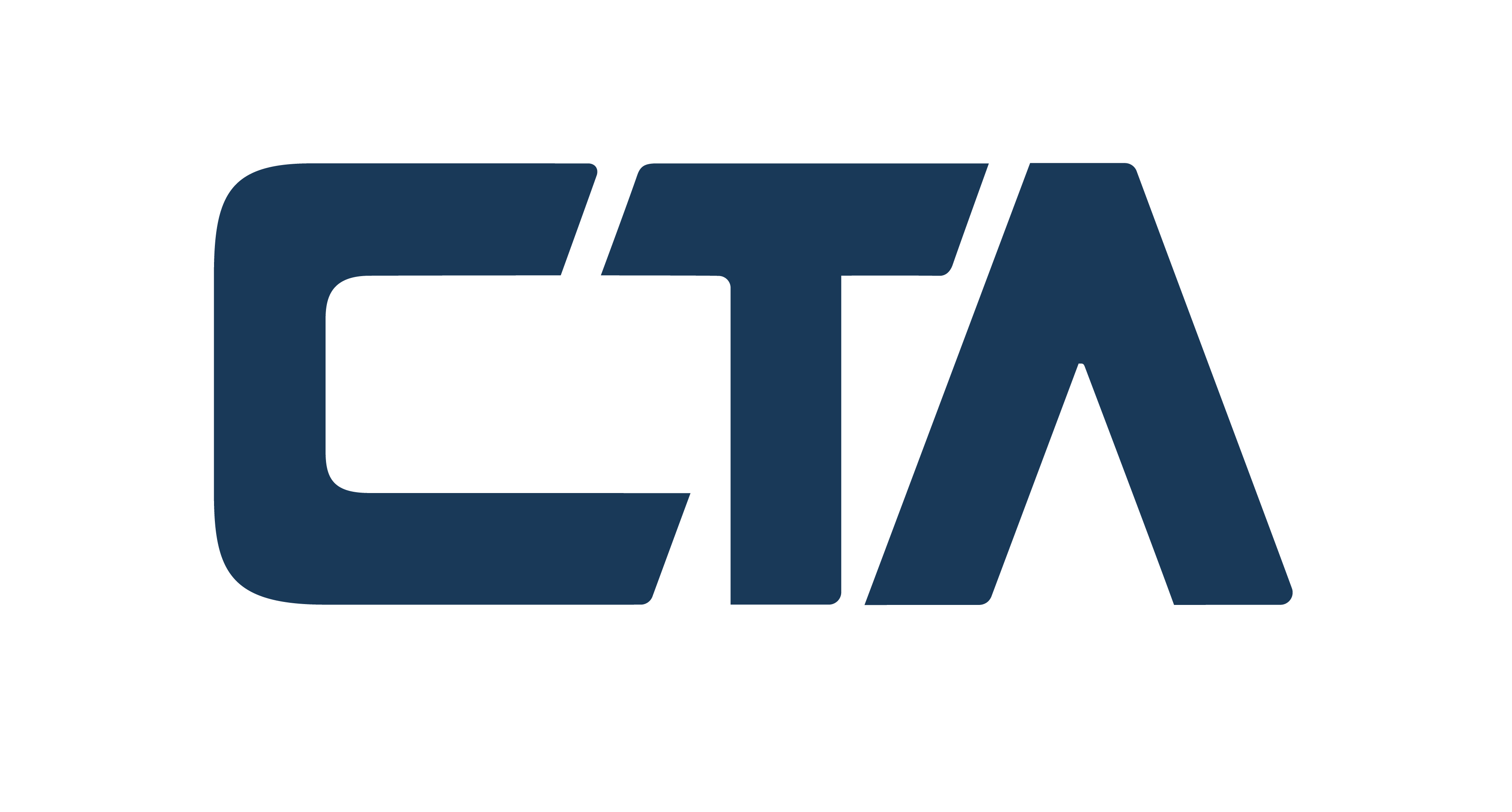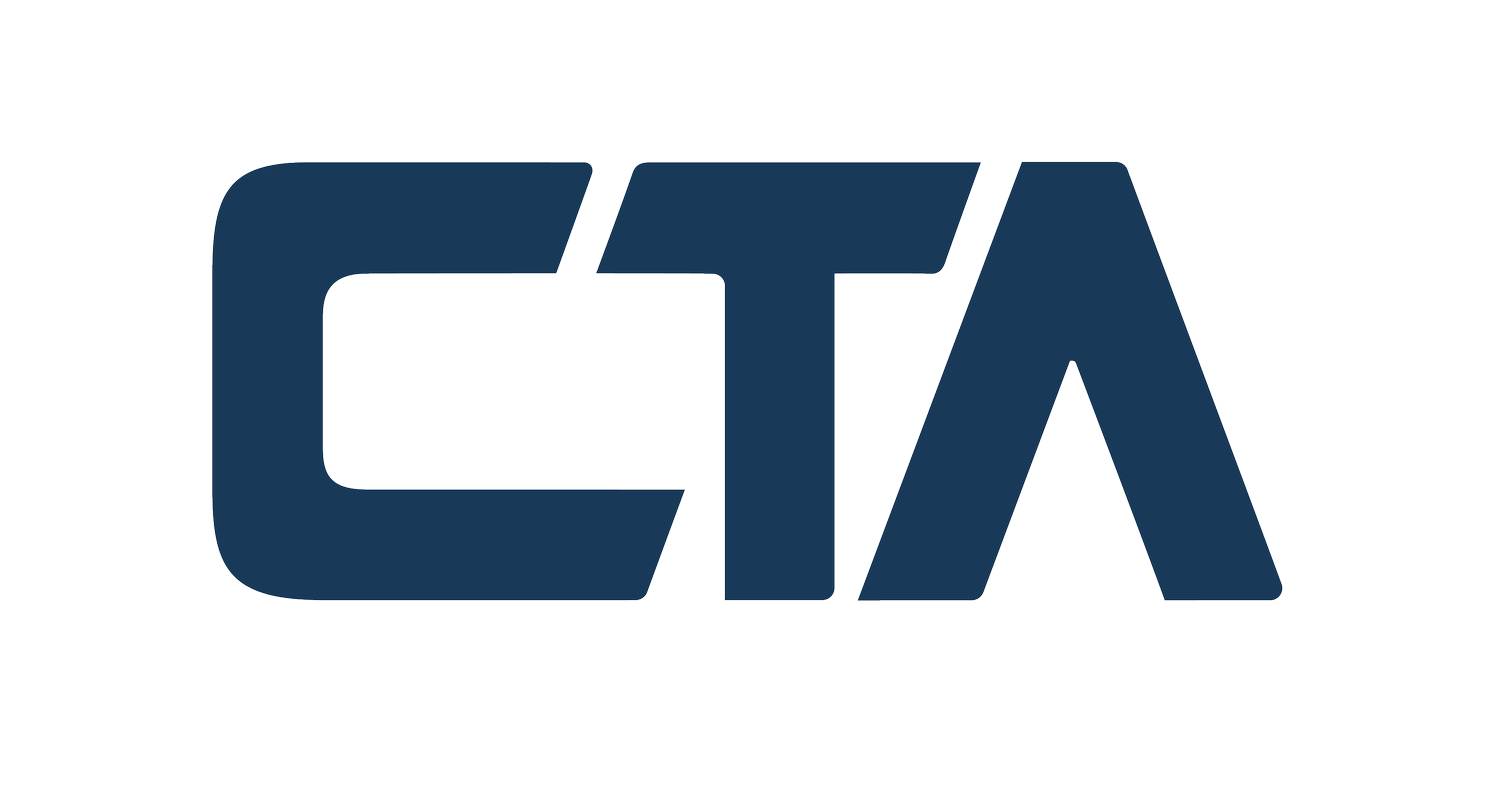In the world of corporate finance and tax planning, understanding the distinctions between tax credits vs tax deductions is crucial for optimizing your business’s financial strategy. Both tools can significantly impact your tax liability, but they function in different ways and offer varying benefits. This article explores the key differences between tax credits and tax deductions and highlights how specific credits and deductions, such as Investment Tax Credits (ITC), Research and Development (R&D) credits, Section 179D deductions, cost segregation, and jobs and training credits, can benefit your business. Businesses can benefit from various R&D tax credit examples, including innovations in product development and enhancements to existing technologies.
What Are Tax Credits?
Tax credits directly reduce the amount of tax you owe to the government. They are typically applied dollar-for-dollar against your total tax liability. This means that if you have a $10,000 tax liability and qualify for a $2,000 tax credit, your tax bill would be reduced to $8,000.
Types of Tax Credits:
- Investment Tax Credit (ITC): The ITC is a popular tax credit for businesses investing in renewable energy systems such as solar panels, wind turbines, and geothermal systems. By claiming the ITC, businesses can receive a credit equal to a percentage of the cost of the eligible energy property, which directly reduces their tax liability. An ITC tax consultant can help you navigate this.
- Research and Development (R&D) Tax Credit: Designed to incentivize innovation, the R&D tax credit allows businesses to receive a credit for qualified research expenses. This can include wages for employees conducting research, supplies used in R&D activities, and costs related to third-party research. The credit is aimed at encouraging companies to invest in developing new or improved products, processes, or technologies. There are many examples of R&D tax credits.
- Jobs and Training Credits: Various credits are available to businesses that hire certain types of employees or provide job training. For example, the Work Opportunity Tax Credit (WOTC) offers incentives for hiring individuals from targeted groups, including veterans and long-term unemployed individuals. Training credits, on the other hand, support businesses that invest in employee training programs.
What Are Tax Deductions?
Tax deductions, on the other hand, reduce the amount of income that is subject to tax. They work by lowering your taxable income, which in turn reduces the amount of tax you owe based on your marginal tax rate. Unlike tax credits, which provide a dollar-for-dollar reduction in taxes, deductions only reduce the taxable income.
Types of Tax Deductions:
- Section 179D Deduction: The Section 179D deduction allows businesses to deduct the cost of energy-efficient improvements made to their buildings. This can include lighting systems, HVAC systems, and building envelope improvements. The deduction is intended to encourage businesses to invest in energy-saving upgrades, which can result in significant cost savings over time.
- Cost Segregation: Cost segregation is a strategic tax planning tool that allows businesses to accelerate depreciation on certain assets. By segregating the cost of property into various categories—such as personal property, land improvements, and building components—businesses can claim shorter depreciation schedules on some assets. This results in increased deductions and a lower tax liability in the early years of asset ownership. Here are some real world examples.
Key Differences Between Tax Credits and Deductions
- Impact on Tax Liability:
- Tax Credits: Reduce the tax liability directly and dollar-for-dollar.
- Tax Deductions: Reduce taxable income, which in turn lowers the tax liability based on the marginal tax rate.
- Financial Benefit:
- Tax Credits: Can provide a more significant benefit as they directly reduce the amount owed.
- Tax Deductions: The benefit is contingent on the taxpayer’s income level and tax bracket.
- Eligibility and Application:
- Tax Credits: Often have specific eligibility requirements and may require detailed documentation.
- Tax Deductions: Typically require substantiation of expenses but are generally more straightforward to apply.
Maximizing Your Business’s Tax Benefits
Understanding the distinctions between tax credits and deductions is essential for effective tax planning. By leveraging both types of tax benefits, businesses can optimize their financial outcomes and reinvest savings into growth and development.
For instance, a company investing in renewable energy systems can benefit from the ITC, while also taking advantage of Section 179D deductions for energy-efficient upgrades. Similarly, businesses engaged in R&D can claim the R&D tax credit while using cost segregation to accelerate depreciation and further reduce their tax liability. Additionally, taking advantage of jobs and training credits can lower hiring costs and support employee development.
By strategically combining these benefits, businesses can maximize their tax efficiency and strengthen their financial position. Consulting with a tax professional or financial advisor can help you navigate the complexities and tailor a tax strategy that aligns with your specific needs and goals. Maximize your green incentives with guidance from experienced renewable energy tax experts who specialize in sustainable tax solutions. Boost your business growth by leveraging the Georgia Investment Tax Credit, designed to support and reward new investments in the state.









